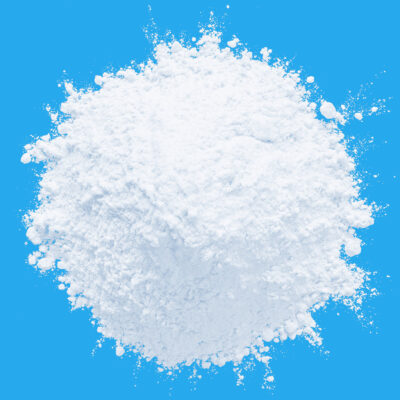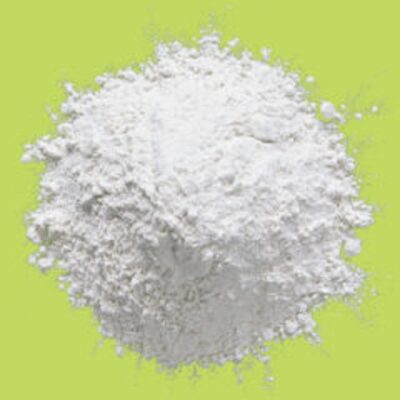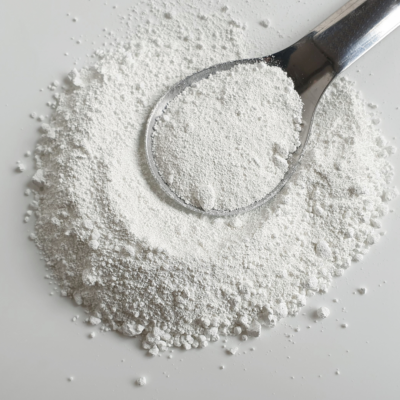Methyl Ethyl Ketoxime, often abbreviated as MEKO, plays a crucial role in the paint and ink industries as an anti-skinning agent. Understanding its function and benefits helps in appreciating how the addition of MEKO significantly improves the quality of paint and ink products.
In simple terms, an anti-skinning agent prevents the formation of a skin or film on the surface of paint when it is stored in a container. When paint is exposed to air, particularly oxygen, a chemical reaction can occur that causes the top layer to dry and form a crust or skin. This skinning not only wastes paint but also makes it difficult to achieve a smooth application. MEKO effectively addresses this issue.
MEKO works by inhibiting the oxidation process that leads to skin formation. When added to paint, it reacts with oxygen more readily than the components of the paint, thus preventing the paint itself from starting to dry prematurely. This ensures that the paint remains usable and free-flowing for a longer period, even after the container has been opened and exposed to air.
One of the main benefits of using MEKO in paint is the improvement in shelf life. Paints that contain MEKO can be stored for extended periods without deteriorating. This is particularly important for manufacturers and retailers, as it reduces the risk of product wastage and returns. For consumers, it means that the paint remains fresh and ready to use whenever needed, without the frustration of finding a hardened surface layer.
In addition to prolonging shelf life, MEKO contributes to a more consistent and high-quality finish. By preventing skinning, it ensures that the paint maintains its intended viscosity and application properties. This means that whether the paint is being applied with a brush, roller, or sprayer, it goes on smoothly and evenly. The result is a professional-looking finish with no unsightly lumps or irregularities caused by dried paint particles.
The use of MEKO is not limited to just preventing skin formation. It also helps in maintaining the overall stability and performance of the paint. Paint formulations often include various resins, pigments, and additives that can be sensitive to premature drying. MEKO helps to keep these components in a stable state, ensuring that the paint performs as intended in terms of adhesion, durability, and color consistency.
In the ink industry, MEKO serves a similar purpose. Inks, particularly those used in printing and packaging, must remain fluid and free of any solidified particles to produce clear and sharp images. By incorporating MEKO, ink manufacturers can prevent skin formation during storage and use, thereby maintaining the quality and reliability of their products. This is essential for high-speed printing processes where any disruption in ink flow can lead to costly downtime and defects.
Safety and regulatory compliance are also important considerations when using chemical additives in paint and ink formulations. MEKO has been extensively studied and is generally considered safe when used in recommended amounts. Manufacturers must ensure that their products meet all relevant safety standards, and MEKO’s established track record helps in achieving compliance with minimal risk.
The addition of Methyl Ethyl Ketoxime (MEKO) as an anti-skinning agent significantly enhances the quality and usability of paints and inks. By preventing the formation of a skin on the surface of stored products, MEKO extends shelf life, ensures smooth application, and maintains overall product performance.
Its role in inhibiting premature drying reactions makes it a valuable component in producing high-quality, reliable, and user-friendly paints and inks, benefiting both manufacturers and end-users alike.








Leave a Reply